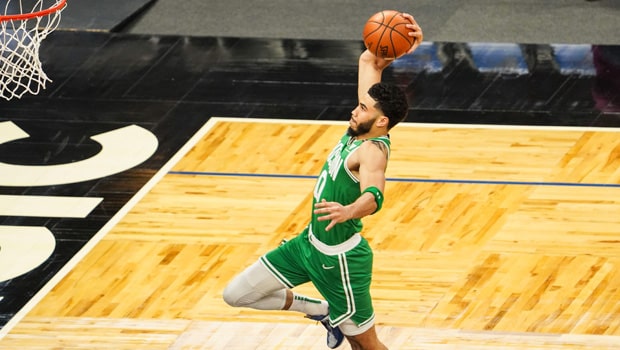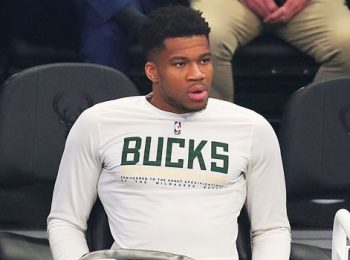The Boston Celtics are navigating a summer of adjustments. With Jayson Tatum recovering from a torn right Achilles tendon, the team is working to rebuild both its rotation and identity. Several pieces from the 2024 championship run are no longer around, and the front office is trying to balance development with immediate competitiveness.
In this context, the name of DeMar DeRozan has surfaced as a potential in-season addition. The idea raises questions about his fit, the cost, and the timing, but also sparks interest because of the value a player of his experience could bring.
DeRozan remains one of the league’s most reliable half-court scorers. Last season, he averaged 22.2 points, 4.4 assists, and 3.9 rebounds in 77 games with the Sacramento Kings. His ability to create shots in slower possessions is a valuable asset, particularly in tight games where secure points are essential.
With Tatum sidelined, his presence could help stabilize late-game situations while the rest of the roster gains development minutes. Within Boston’s system, his skill at drawing fouls and attracting defenses in the mid-post would open up space for cuts, open shots, and secondary creation from players like Jaylen Brown and Derrick White.
He could also serve as an offensive anchor for the second unit, preventing scoring droughts when outside shooting falters. If his stay extended beyond this season, he could adapt to a more situational role focused on specific matchups once Tatum returns at full strength.
The most realistic trade path would involve moving Anfernee Simons. That would shift the operation from “adding scoring” to “exchanging types of creators.”
Simons offers more than volume. At just 26 years old, he is a piece for the future, capable of scoring at high volume from three while also attacking the paint with drives that force defenses to collapse. That type of offensive gravity stretches the floor and forces opponents to defend every corner.
DeRozan, on the other hand, is most effective in midrange areas, where defensive help arrives more easily. His lack of a consistent three-point threat reduces spacing and alters the dynamic Boston has worked to perfect. Over a full season, that change could affect both schemes and the quality of shots generated.
Meanwhile, Simons fits naturally within the Celtics’ philosophy: he preserves spacing, is younger, and can grow with the core. His style keeps Boston modern and difficult to defend.


























